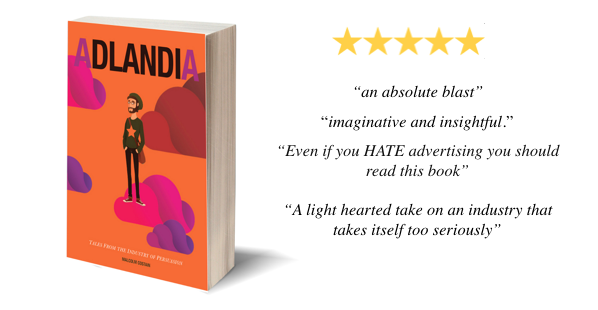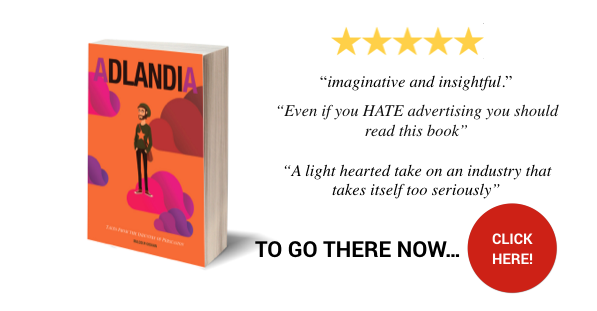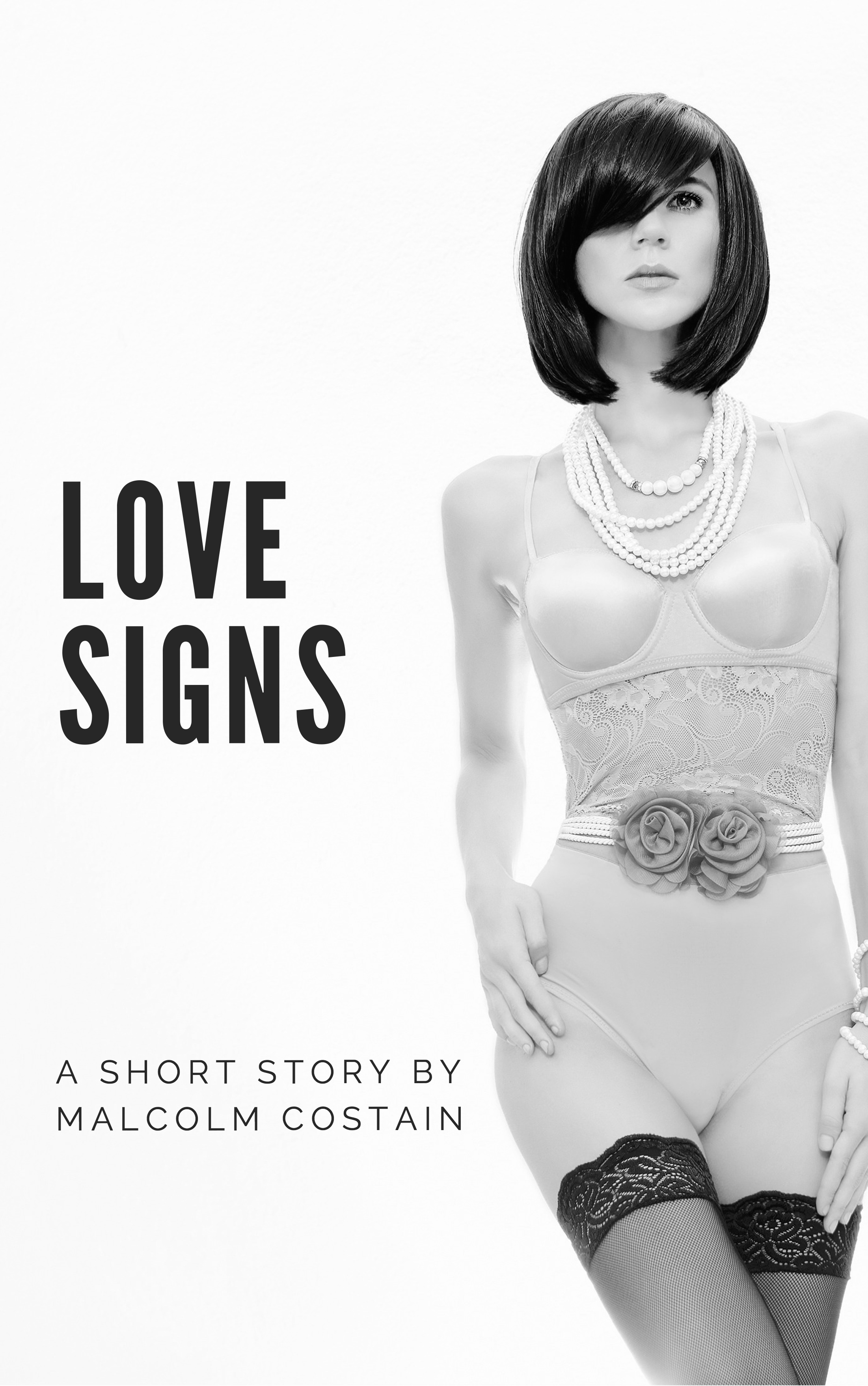If you’re brilliant, that is, and you know how to come up with a truly original idea.
That’s what this ad for Old Spice men’s body wash did in 2010. Titled, ‘The Man Your Man Could Smell Like,’ it was so unexpected and so watchable, it knocked the advertising world off its feet, and breathed life back into the ageing Old Spice brand, as well as traditional TV advertising.
It also won big-time at the advertising world’s versions of the Oscars, beating out the many new kinds of media to take home the Grand Prix for film at the Cannes Lions Advertising Festival 2010, a huge deal, as anyone in the business knows.
Back at the advertising agency, TBWA\HAMBURG, where I was working when the Old Spice ad swept the world, my colleagues and I would watch it over and over on YouTube, marvelling at its cheek and shaking our heads at the one-shot cleverness of its production.
We all agreed that it was a great, one-off piece of left-field genius, not the least because it was so difficult to categorise and describe. What would you say was the idea behind it, we asked ourselves. Does the execution overwhelm the idea, or is this a case of the execution being the idea itself? These discussions had us in a lather, like Old Spice body wash.
But the discussions also raised one very important question–one that had bugged me for years: what exactly is an advertising idea anyway? What’s the universally agreed definition?
In the agency business, we talked about ideas all the time. We made our living creating and selling them. Some of us had even received awards for our ideas. And, the most exulted people in the advertising world used the word ‘idea’ as if its definition was a closed case, a done deal. Listening to them, you could conclude that the definition of ‘advertising idea’ was so well understood that it was foolish to even ask the question.
And yet, if you did actually ask the question, the result would be chin scratching or blank stares.
Years later, the Old Spice ad and the discussions about ideas were still on my mind. That’s why I put those real-world debates into the fictional world of the story, ‘Big Ideas,’ the second tale in ADLANDIA.
In the story, the lead character, a young copywriter named Clive, can’t progress in his career until he nails down a definition of an advertising idea for himself. No-one in his agency can give him a satisfactory answer–neither can the Internet. They can all give examples of ideas, such as the Old Spice ad, but no-one can say what an advertising idea is supposed to be.
All of which is very bad news for Clive, whose search becomes an obsession, like the quest for the Holy Grail.
Like Clive, I made my own search, mostly with unsatisfactory results. And then, one day, an article came up in an Internet search. It was about an advertising book written decades ago. The author of the book had wrestled with this same dilemma: that everyone was always talking about advertising ideas, but the definition of them wasn’t ever discussed. But the killer thing was this: she had come up with a definition of her own, and it was perfect.
I sat back and shook my head. It was a wonderful moment, a Eureka moment, when the curtain flaps and the sun shines in.
And I still have that definition today.
To read about Clive and his search for an answer, as well as the other gripping tales of ad land, click below to get your copy of ADLANDIA.

 You know the feeling.
You know the feeling.
 High up inside the frame of a giant billboard poster, a beautiful model suddenly comes to life.
High up inside the frame of a giant billboard poster, a beautiful model suddenly comes to life.
